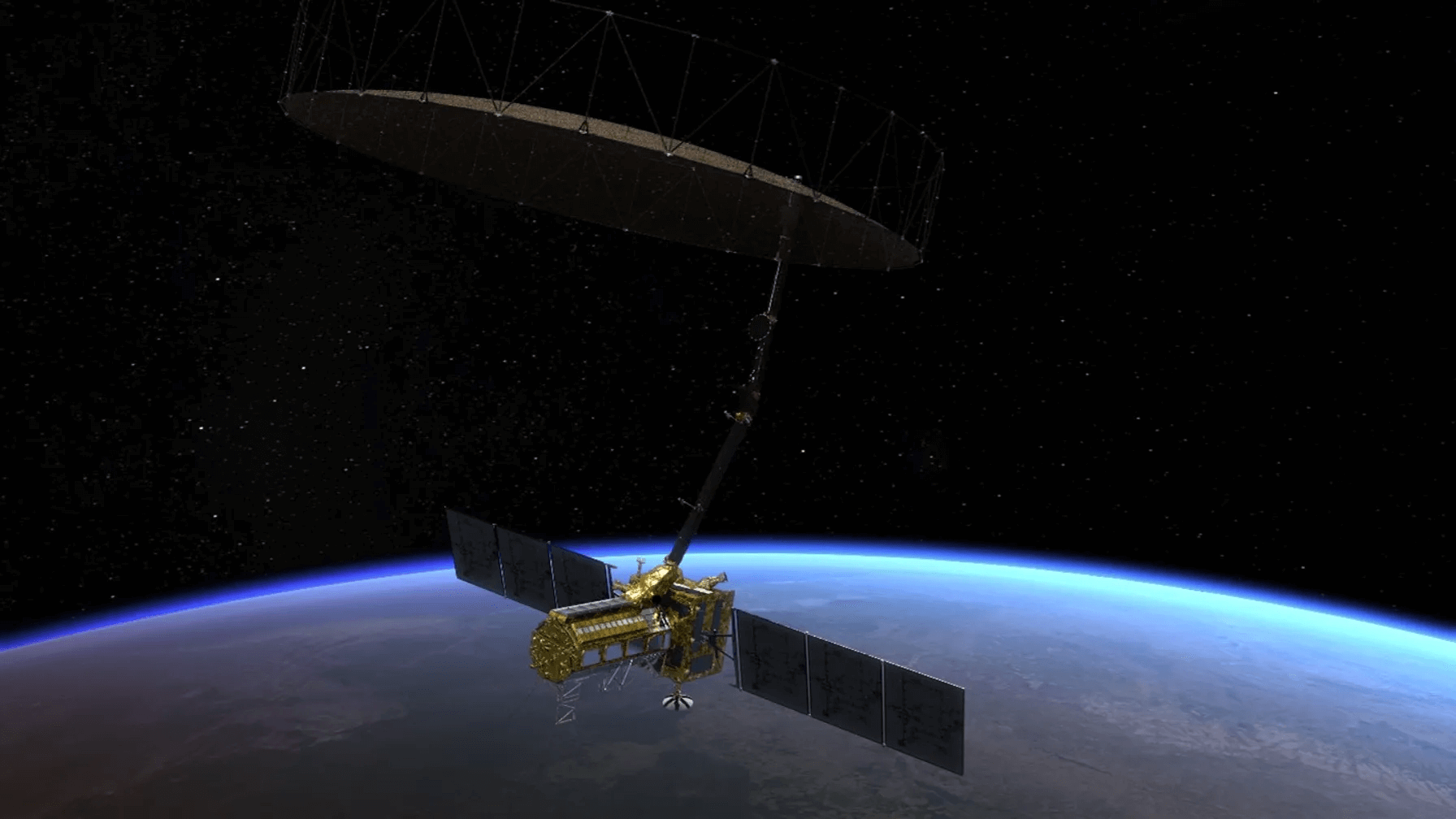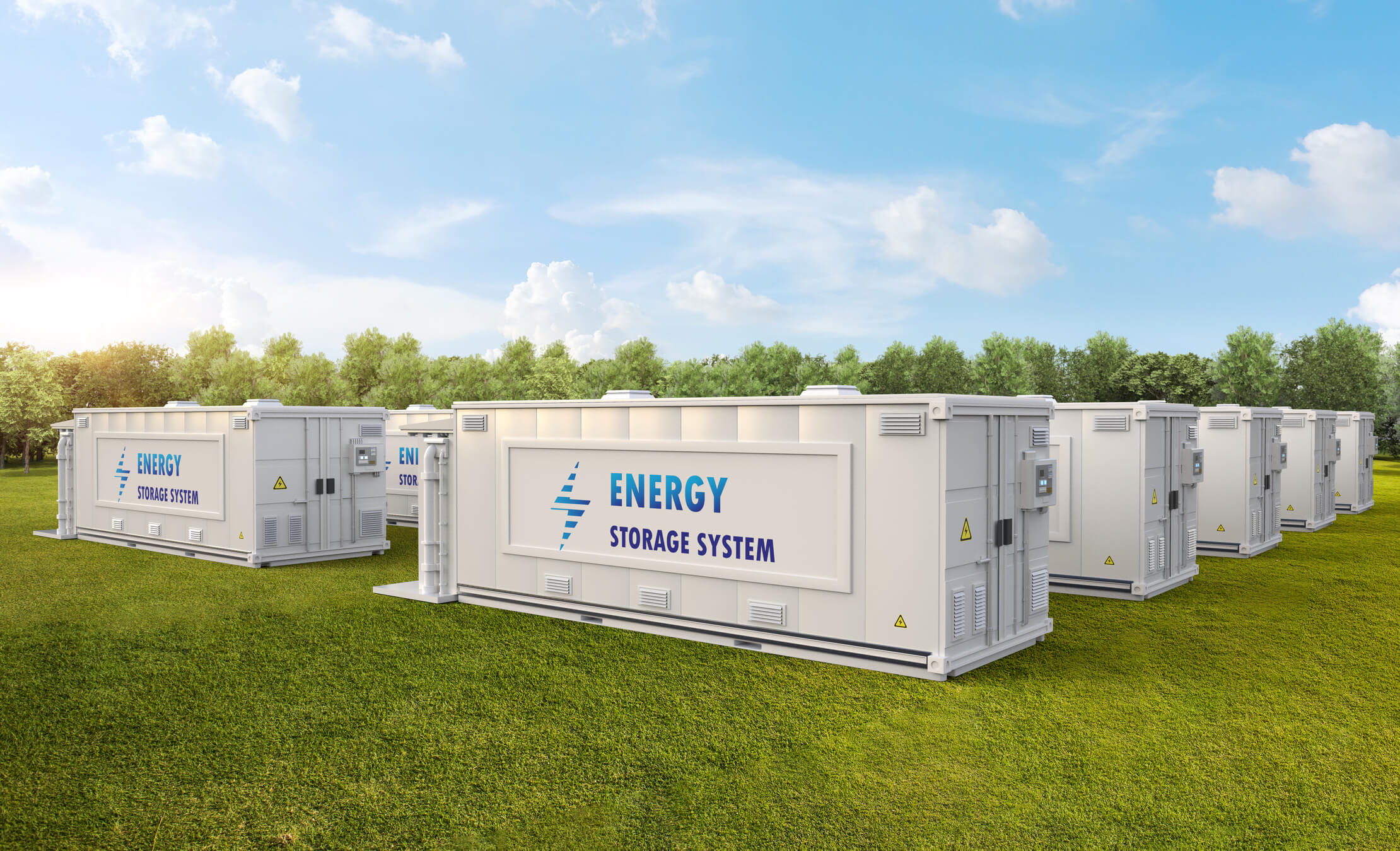An isolated town at the end of a long distribution line has experienced sustained outages and other typical end-of-line circuit issues. TRC analyzed the town’s load and outage data and developed different BESS sizing options which were each used in modeling various outage scenarios. The modeling results provided the utility with insights towards providing the desired coverage to ride through specific outage durations. TRC’s cost-benefit analysis will ultimately help the utility determine whether the BESS solution is more advantageous than other infrastructure upgrades in consideration.
Midwest, United States
Developing a Roadmap for Implementation
Large-scale Battery Energy Storage Systems (BESS) can be an alternative to costly, traditional utility infrastructure upgrades – for example, enabling service to new geographic territories, or providing new capacity for growing electric load. TRC is working to deliver a feasibility study for utility-scale BESS installations, helping demonstrate cost-effectiveness, engineering requirements, and resiliency benefits.
With TRC’s support, a midwestern utility is evaluating the deployment of large-scale battery energy storage resources to promote local system reliability and to defer traditional, high-cost infrastructure upgrades. TRC provided early-stage BESS engineering and benefit-cost analyses to help quantify market opportunities and provide critical insight in making investment decisions in deployment of energy storage and other Distributed Energy Resources (DERs).
Evaluating Energy Storage Use Cases
As part of our work for the utility, TRC’s Advanced Energy team helped identify three storage use cases in the service territory, and performed a comprehensive study to demonstrate costs, benefits, and technical feasibility of the three scenarios.
The TRC team built custom modeling tools specific to these projects to run BESS and Solar PV sizing analyses against various utility operating and cost/upgrade scenarios. Our analysis looked at how the proposed BESS projects would have an impact on the utility’s existing distribution system(s) and the effects on protection and controls schemes to ensure continued safe operations. Our work in the pre-feasibility stage of these projects has equipped our client with a clear understanding of the BESS sizing requirements to meet their project objectives as well as the anticipated project costs. We are excited to continue working on the next phases of the project, further optimizing the proposed BESS solution and delivering the conceptual engineering design, and ultimately advancing the battery storage project to full design and implementation.
For more information on TRC’s advisory, consulting, and engineering client services, including energy storage, resiliency, and decarbonization solutions, contact us at: advancedenergy@trccompanies.com.
A second town’s distribution system is projected to exceed existing transformer capacity due to significant load additions from a planned new development. TRC modeled existing load data against various load growth scenarios to determine what size battery would be required to defer the transformer upgrade, and for how long. The analysis included anticipated costs for implementing different BESS sizing options and cost effectiveness scenarios, depending on projected load growth and the anticipated cost of the transformer upgrade.
TRC developed an impact scenario model to quantify how a local substation would be affected by a future, planned distribution facility with a fleet of electric vehicle (EV) delivery vans. Based on EV fleet size and charging scenarios, this study explored the potential impact of the charging stations on the utility’s circuit loading. The study demonstrated how installing a BESS to offset the new peaks, set by the EVs’ charging stations, would maintain circuit loading within the utility’s current limits.
Related Projects
Discover the success we’ve had with helping our clients execute major projects and make a meaningful impact on their local communities.

Promoting Clean Heat Technology in the Residential Sector
TRC is supporting utilities with long-term planning for school and municipal bus electrification.

Electric Buses: Paving the Way Forward
TRC is supporting utilities with long-term planning for school and municipal bus electrification.

TRC Accepted as NASA Satellite Data Early Adopter
The NASA-ISRO SAR (NISAR) Mission, an earth-observing satellite program launching soon, has accepted TRC as an Early Adopter to make …

NYSERDA Workforce Development Programs
TRC is partnering with NYSERDA to build a strong and sustainable workforce that supports the clean energy transformation while strengthening …

Heat Pump Water Heater Pilot Program
TRC is working with Entergy Texas on a Grid-Enabled Heat Pump Water Heater Pilot Program, an innovative measure that offers …
Sharing Our Perspectives
Our practitioners share their insights and perspectives on the trends and challenges shaping the market.

TRC Earns U.S. Department of Energy (DOE) Qualification to be a Provider of Industrial Assessment Centers (IAC) Equivalent Energy Assessments
September 24, 2024
TRC can now provide IAC equivalent energy audits to small and medium-sized manufacturing (SMM) firms, who can receive grants of up to $300,000 for implementation of audit recommendations.

Utility Carbon Data Management
May 27, 2024
We’re pleased to announce Episode 7 of TRC’s Energy Talks Podcast, where we join experts from utilities and carbon accounting solution providers to discuss how our industry is understanding, measuring, and working to improve our collective carbon footprint.

Empowering Stakeholders to Co-Create Solutions that Address Inequity
April 23, 2024
Addressing inequality and ensuring that the benefits of the clean energy transition are accessible to all requires close examination of long-relied-upon processes that may have hidden inequities ingrained within them.

Monetizing the Environmental Attributes of Building Decarbonization Programs
March 27, 2024
Tune in to Episode 6 of TRC’s Energy Talks Podcast, where we join industry experts from the wholesale energy and environmental commodity markets to discuss how utilities and project developers are valuing the environmental attributes of building decarbonization projects.

Hydrogen Hub Funding Provisions
March 26, 2024
TRC’s panel of practitioners discuss the Hydrogen Hub (H2Hub) funding provisions of the Bipartisan Infrastructure Bill (BIL).

TRC Companies, Inc. selected to participate in Department of Energy (DOE) Multi-State Clean Hydrogen Hub
October 13, 2023
TRC received an award for advancing the transition to a clean-hydrogen, low-carbon economy by supporting the Appalachian Regional Clean Hydrogen Hub (ARCH2) consortium.

Download Whitepaper: 10 Years of Insights for Clean Community Microgrids
March 1, 2023
Clean, community microgrids represent a promising and timely opportunity for you to advance your customer offering and deliver meaningful societal benefits, all while modernizing your grid and providing you with load flexibility.

Start Your Batteries: Mass Fleet Electrification is Coming (And What We Can do to Prepare)
April 13, 2022
As we plan for and make early investments for fleets, we’ll be paving the way for higher degrees of market penetration of passenger vehicles and other modes of transportation as well.

Ensuring a Just Transition: Optimizing Opportunities for All in the Low-Carbon Future
January 24, 2022
Carbon elimination of the magnitude needed to address climate change requires systems-level change that can only be reached by incremental, ground-up progress, building upon what we have achieved thus far.

Decarbonization: A Systems-Level Challenge and Actions to Address Climate Change
December 7, 2021
Carbon elimination of the magnitude needed to address climate change requires systems-level change that can only be reached by incremental, ground-up progress, building upon what we have achieved thus far.

10 Takeaways from the COP26 Climate Meeting
November 17, 2021
There are compelling reasons to be optimistic about the outcomes of the COP26 meeting. Notably, agreement among all nations that more needs to be done, by both private and governmental bodies, to contain and mitigate climate change.
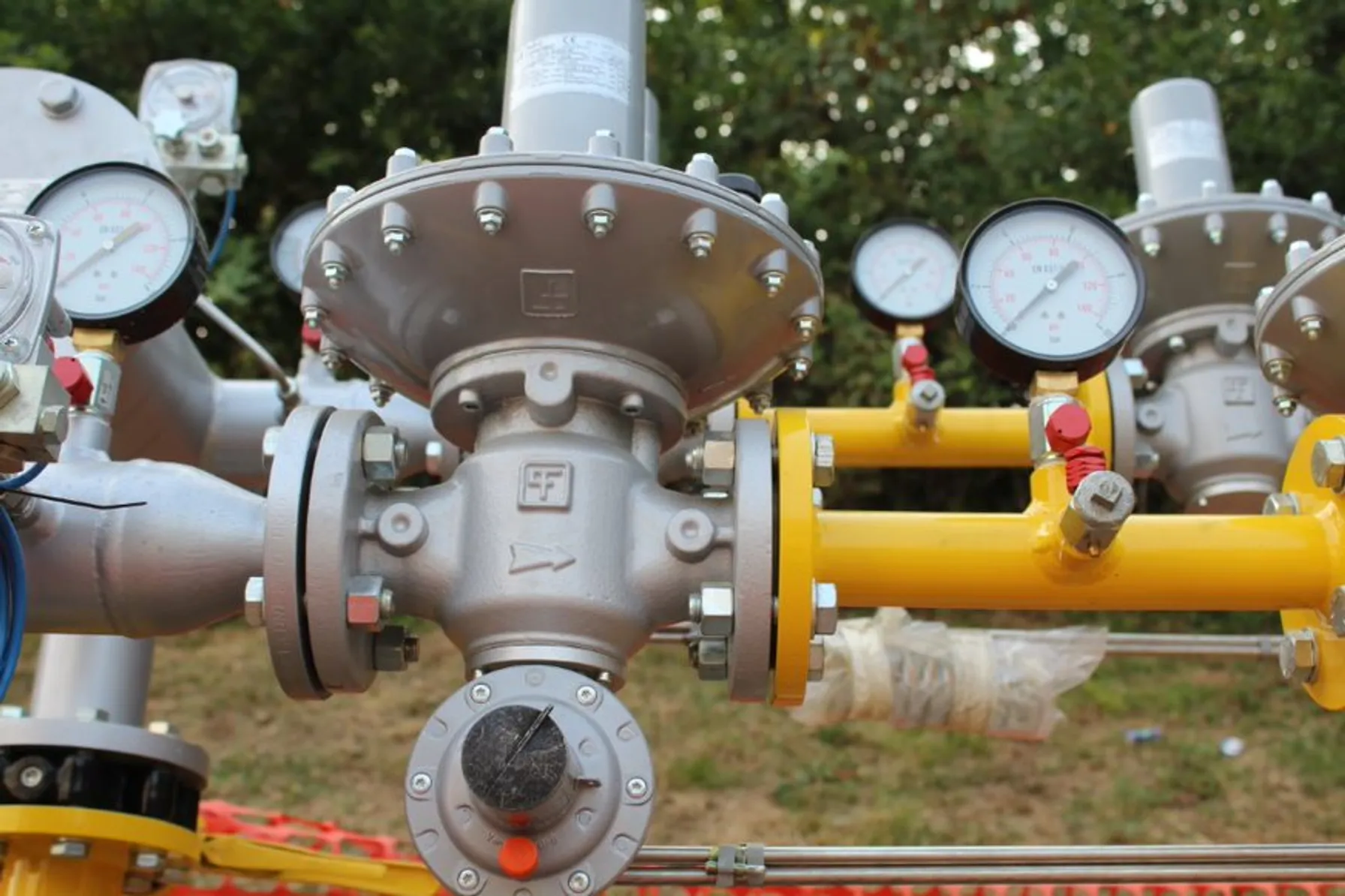
The Price of Natural Gas: Onward and Upward or Just a Temporary Blip?
November 12, 2021
Most industry experts agree that weather aside, the global energy and gas markets are likely to remain uncertain with supply and market demand becoming tighter and more challenging to forecast.

On the Road to Decarbonization: The Role of All-Source Competitive Solicitations
October 14, 2021
All-Source Competitive Solicitations offer utilities an alternative to centralized planning, construction and dispatch of power supplies, helping to usher in a new era of market-driven technology innovation.
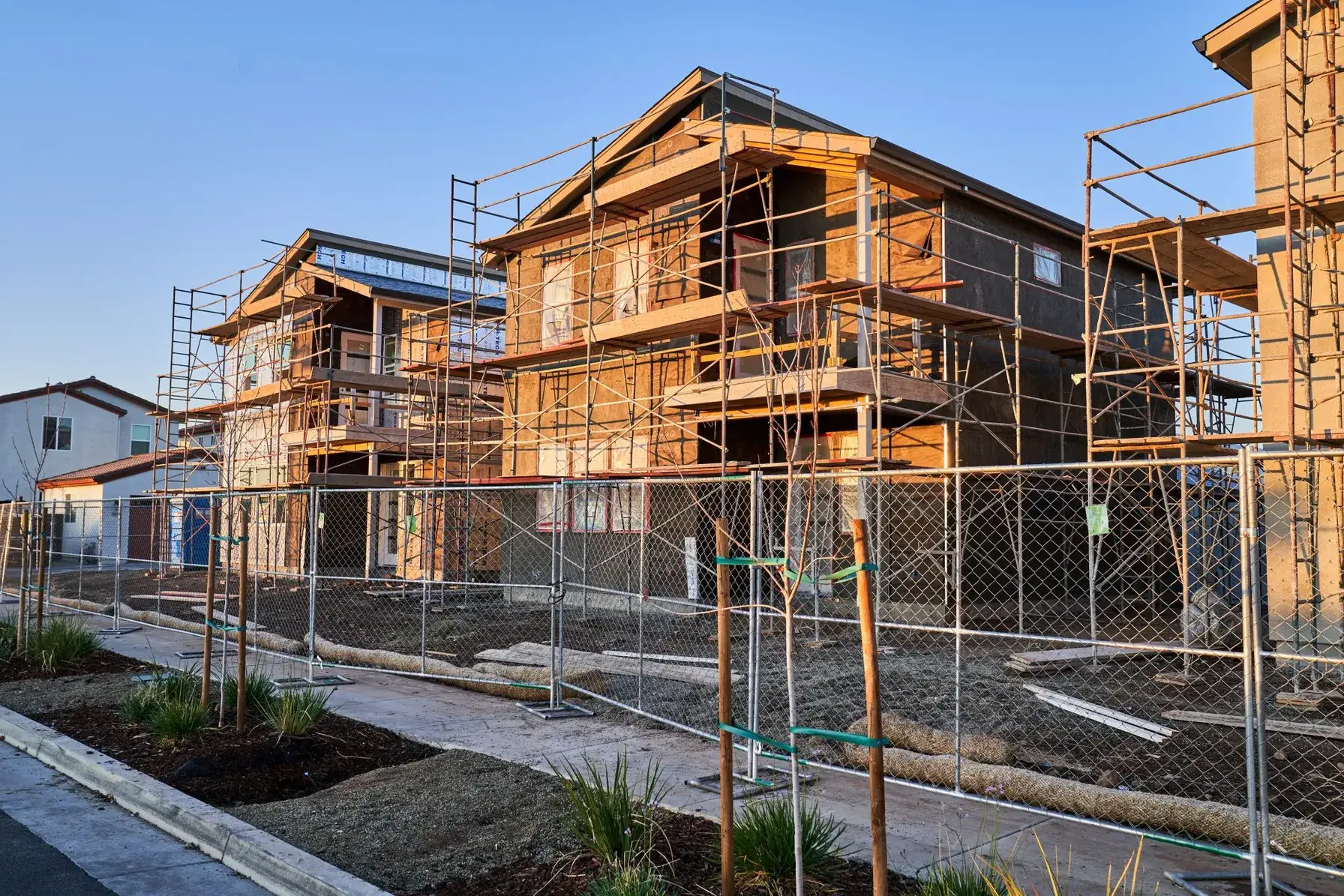
Pacific Gas and Electric Selects TRC as Program Implementer for New Construction Residential All-Electric and Mixed Fuel Programs
September 27, 2021
Pacific Gas and Electric Company (PG&E) formally announced TRC as the designated lead Program Implementer for the Statewide New Construction (SWNC) Residential All-Electric and Mixed Fuel Programs following a competitive solicitation process.
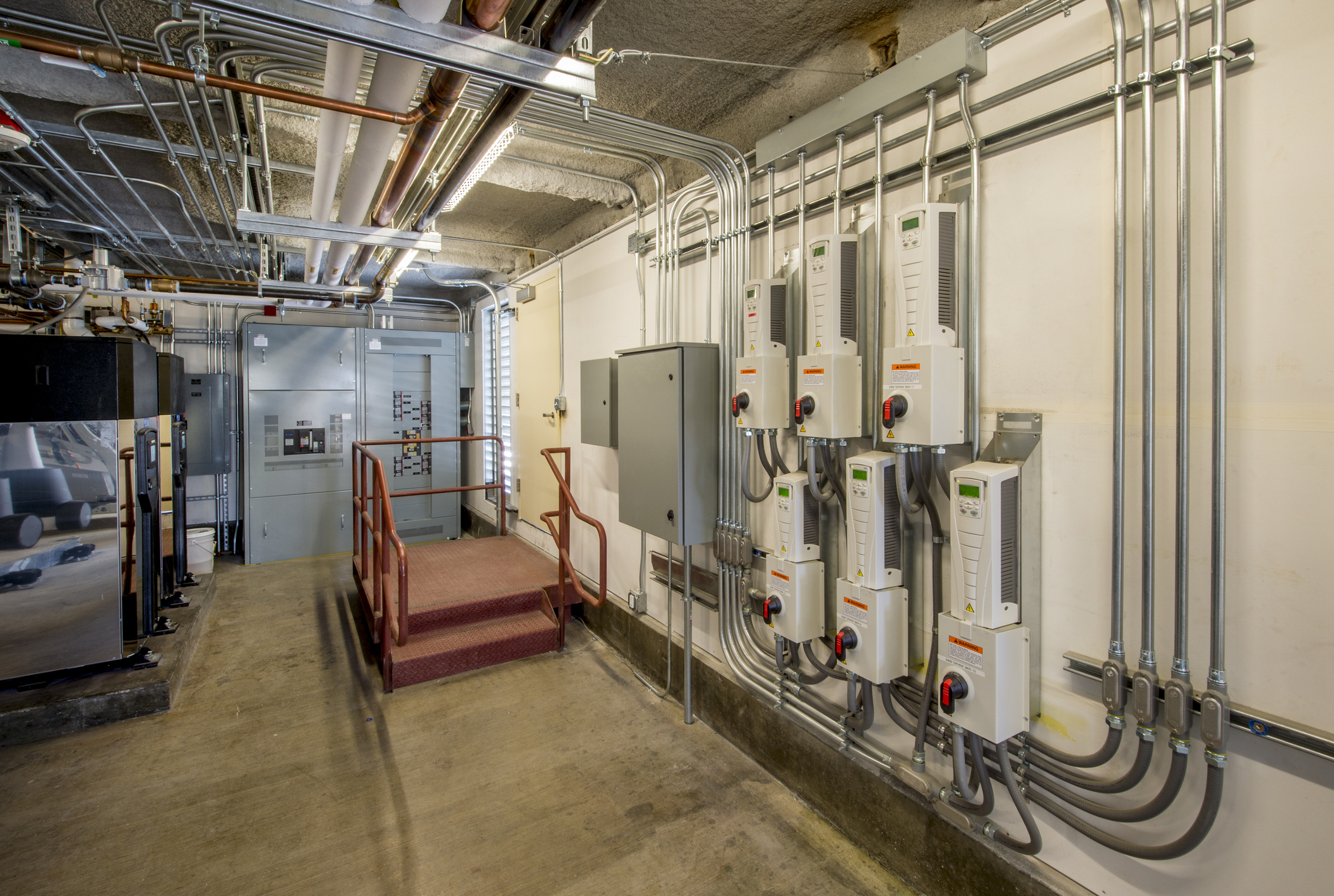
TRC and Slipstream partner with the Minnesota Department of Commerce to launch energy conservation R&D project
June 24, 2021
TRC, Slipstream, and the University of Minnesota are working with controls system manufacturers and contractors to develop such a standardized and streamlined building control retrofit process leveraging ASHRAE Guideline 36

TRC Companies Inc. Acquires EMI Consulting
January 27, 2021
Today TRC Companies (“TRC”), announces the expansion of its advanced energy capabilities with the acquisition of EMI Consulting (“EMI”), a Seattle based firm that consults on the strategic development of clean energy solutions including energy efficiency, demand management, decarbonization and customer engagement.

City of Camarillo, California approves moving forward with Hybrid Solar Microgrids at five critical community facilities
November 6, 2020
On October 28, the Camarillo City Council unanimously approved moving forward with the design of Hybrid Microgrids at five City facilities: City Hall, the Corporation Yard, Camarillo Public Library, Police Station, and Wastewater Treatment Plant. The microgrid at the Camarillo Public Library will be designed with solar+storage only, while the other four sites will employ a hybrid design of solar+storage+diesel.

TRC Digital partners with Dominion Energy to evolve its distributed energy resource strategy
September 22, 2020
Dominion Energy, one of the nation’s largest producers and transporters of energy, has partnered with TRC Digital to evaluate, implement and integrate technology to further the utility’s distributed energy goals. TRC Digital will facilitate Dominion Energy’s strategy development and technology execution, allowing Dominion Energy and its customers to accelerate the shift to distributed energy resources (DER) and net carbon reduction.

Strategic Electrification
February 4, 2020
As we look to spur strategic electrification across the US, it will be up energy providers and solution implementers to continue sharing ideas, insights and lessons learned

A place called home: Helping California families rebuild after wildfires
November 21, 2019
A place called home: Helping California families rebuild after wildfires

TRC and partners win $1 million grant for engineering innovative New York microgrid
April 20, 2017
TRC is proud to support Huntington, NY bolster power reliability and climate-change resiliency with a sophisticated new “community microgrid’’ combining solar energy, a fuel cell, biogas and traditional natural gas to deliver electricity and heat to local customers and institutions.

Download Whitepaper: 10 Years of Insights for Clean Community Microgrids
March 1, 2023
Clean, community microgrids represent a promising and timely opportunity for you to advance your customer offering and deliver meaningful societal benefits, all while modernizing your grid and providing you with load flexibility.

Start Your Batteries: Mass Fleet Electrification is Coming (And What We Can do to Prepare)
April 13, 2022
As we plan for and make early investments for fleets, we’ll be paving the way for higher degrees of market penetration of passenger vehicles and other modes of transportation as well.

Ensuring a Just Transition: Optimizing Opportunities for All in the Low-Carbon Future
January 24, 2022
Carbon elimination of the magnitude needed to address climate change requires systems-level change that can only be reached by incremental, ground-up progress, building upon what we have achieved thus far.

10 Takeaways from the COP26 Climate Meeting
November 17, 2021
There are compelling reasons to be optimistic about the outcomes of the COP26 meeting. Notably, agreement among all nations that more needs to be done, by both private and governmental bodies, to contain and mitigate climate change.

Amplifying the Next Phase of Fleet Electrification: The Pickup
September 30, 2021
TRC’s analysis for one client fleet shows that even a $70,000 EV can compete on cost with a comparable gas-hybrid vehicle priced at $40,000 – at least in California where upfront and ongoing incentives stack up quickly.

TRC Acquires New Jersey’s Clean Energy Program Contract and Assumes Program Administrator Role
January 17, 2021
NEW BRUNSWICK, NJ and LOWELL, MA. – Jan. 17, 2017 – TRC Companies Inc., a recognized leader in engineering, environmental consulting and construction-management services, today announced it has acquired the contract to serve as Program Administrator of New Jersey’s Clean Energy Program™ (NJCEP), which has provided more than $300 million annually in support to homeowners, businesses…

NERC Issues Battery Energy Storage Systems Reliability Guidance
April 22, 2021
While NERC has recently published a reliability guideline addressing inverter-based resources generally, they are now giving more attention to the various potential uses of BESS to support effective implementation with newly released guidance.







